Popular on Food52
16 Comments
Green R.
September 15, 2014
Thank you to Catherine, and all the people who left very helpful comments. I feel as though I am much better prepared to attempt a trial wedding cake now.
fglick
August 25, 2014
I made my brother's wedding cake about 20 years ago. I used The Cake Bible and Cocolat for inspiration. I found that baking a wedding cake is part baking and part architecture. I used straws as they displace less cake than dowels. I was prepared to transport the finished cake about 3 hours away but the weather did not cooperate and it was 95 degrees. So I packed all the pieces in a cooler along with lots of backup because when one thing goes wrong in a cake sometimes you have to redo several things. Took my KitchenAid and hoped for the best. I crumb coated the night before and frosted the morning of the wedding. I had lace around the tiers with lace bows and fresh flowers. The cake was chocolate with chocolate raspberry ganache filling and a raspberry flavored liquor (don't remember anymore) soaking the layers and a white buttercream frosting. I practiced various pieces before making the actual cake. My co-workers loved me for about a month because I would come in and say ignore the frosting but tell me about the cake or ignore the cake, I'm just testing the frosting this time! The final cake took me 12 hours. To this day, it was the best wedding cake I have ever tasted. It was rich moist and really good! I would recommend to anyone trying this to practice all the pieces before hand and purchase a long and wide offset spatula. It is indispensible in picking up and moving the layers around. Finally I would heed Rose Levy Beranbaum's advice: The only person who should touch or transport the cake is the baker or the person paying for it!
potterhill
August 17, 2014
I recently made a wedding cake in DRC for my daughter's wedding. Had to transport all to SIL's house for oven large enough to accommodate pans. Power went out. No generator. I had given DD KA electric beaters last year for Xmas. Back to the wooden spoon method. Felt like a pioneer. Made passion fruit curd from 220 passion fruit. Did get it baked, frosted and assembled. It was not easy but was a huge success. Did 3 tier cake and 2 3 layer half sheet sized kitchen cakes. I am a keen home cook with no training. I used straws dowels and cake pop sticks to assemble. Had Wilton separators and filled with flowers. it was certainly an adventure!
Bonnie
August 17, 2014
I agree with several people; make as much in advance as possible. Bake 3 days before, make frosting 2 days before and pre-assemble the day before. My last cake had a small hiccup and I had plenty of time to make repairs. On-site assembly is essential. Bring extra frosting to fix boo-boos.
jpriddy
August 17, 2014
I made my wedding cake to the nineteenth century wedding cake recipe in the Fannie Farmer Cook Book. This was 40 years ago and the recipe was old enough then to have been used for my grandmother's wedding. It's important to note, I think, that those wedding cakes of a hundred years ago were fruitcake. The "bride's cake" was a later invention.
PieceOfLayerCake
August 14, 2014
I make sure everything is cold cold cold between steps. Cakes are cold while trimming and layering, cold before crumb coat, cold before final coating, cold before stacking, and cold before decorating. Nothing quite like working with room temperature buttercream/fillings while trying to achieve perfection. The cake generally has all of the ceremony/reception to warm to room temperature. I also allow myself as much time as possible on-site to allow for unforeseen circumstances (also why I make extras of everything!). And, for the most important piece of advice I can give...and as simple as it sounds, is rarely realized...make sure the cake TASTES good. Use good ingredients (butter NOT shortening) and use them with care and respect. Everybody expects a beautiful cake, but people remember a tasty wedding cake.
Beth
August 14, 2014
Ditto on the straws! I used wooden dowels my first time, but never again. Now I always buy a bunch of bubble tea straws in bulk or I sweet-talk the cashier at our local bubble tea establishment into giving me a few extra with my jasmine milk tea.
Beysh
August 14, 2014
I second the straws suggestion. For the last wedding cake I made, I used the slightly larger straws that are easily available these days. They worked perfectly (for a quite dense apple cake with caramel filling). In "The Cake Bible" she explains the why they actually support better than dowel, and they are so much easier to work with. My best tip is practice with every component to cut down on game day freakouts. (Or maybe that's just me.) :-)
Andrea R.
August 14, 2014
I've made several wedding cakes and I learned the hard way that the cake board needs to be a bit bigger than the actual cake to accommodate for frosting/fondant. I agree, assembling the cake on site is MUCH easier than putting it together and then trying to transport it. QUESTION: What should you do to hide the spacing for cakes that don't have a border between the tiers? www.facebook.com/BrownSugarBakeryLA
PieceOfLayerCake
August 14, 2014
If there are fresh florals involved, I often use the space to stash the stems/bulbs, with the blossoms facing outwards. Alternatively, one can use fresh or marzipan/fondant fruits.
Eva
August 19, 2014
Fresh fruit is lovely, but be aware that if it's placed on sugary icing it can start to macerate and bleed all over the cake! This is particularly true if the fruit is cut. Very very well-dried whole berries, grapes, or similar small fruits may be your best bet if you want to go with fresh fruit. Or just decorate right before you serve!
hardlikearmour
August 14, 2014
2 tips I picked up from Rose Levy Beranbaum's the Cake Bible are to use drinking straws instead of dowels, and to drizzle the syrup on with a syringe rather than brush it on. I also prefer to use foam core between the layers, which I think I learned from one of Colette Peters' books.
Nuala
August 14, 2014
I use straws, too, and recommend the long ones from Starbucks. I swear they were made just for tiered cakes!
Nuala
August 14, 2014
Do as much in advance as possible! I like to make all components of the cake ahead of time and save assembly for the day of the wedding. Swiss meringue buttercream (and I'm sure many others) freezes like a dream. You do NOT want to be awake until 4:00am the morning of a wedding making frosting-- trust me.
Catherine L.
August 14, 2014
So true! I learned that the hard way... What a smart idea to freeze the icing instead of just refrigerating it, so it can be done further in advance! For all the future wedding cakes I bake, I will use that tip.
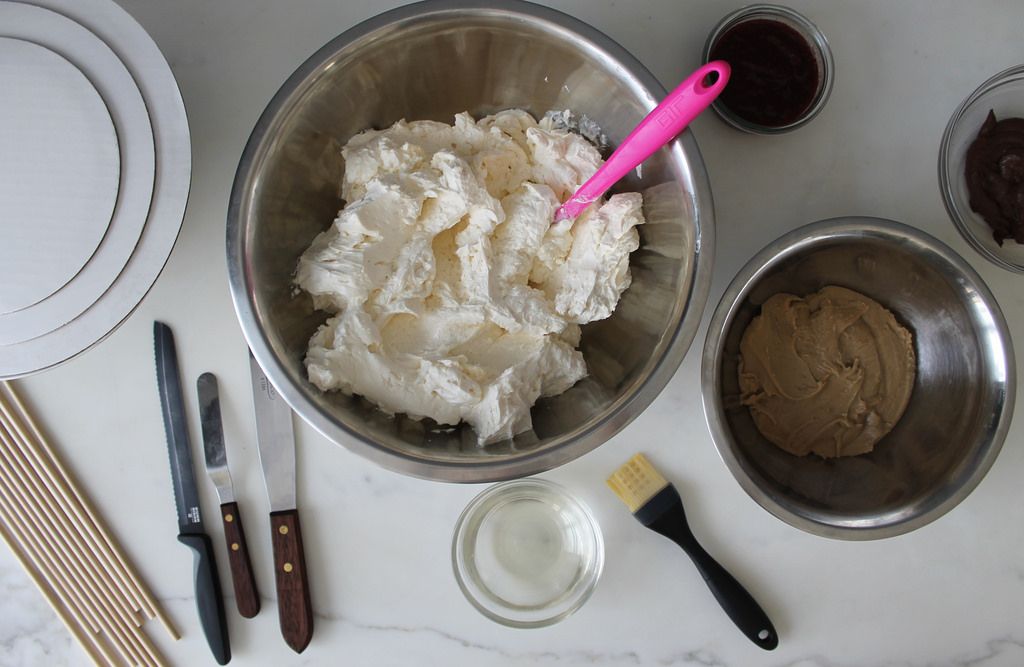
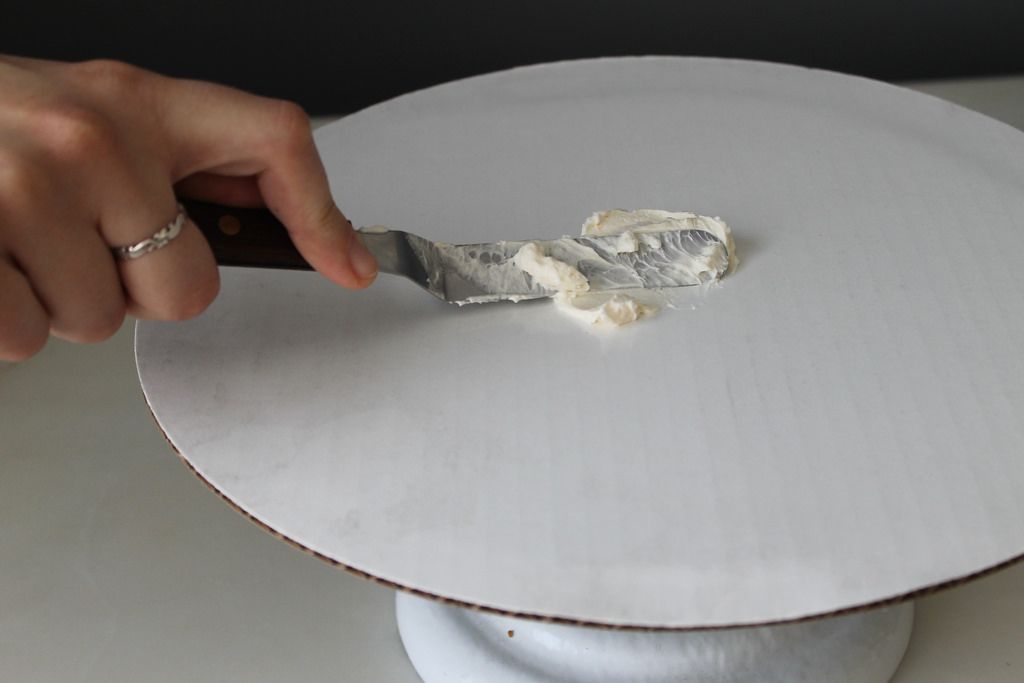
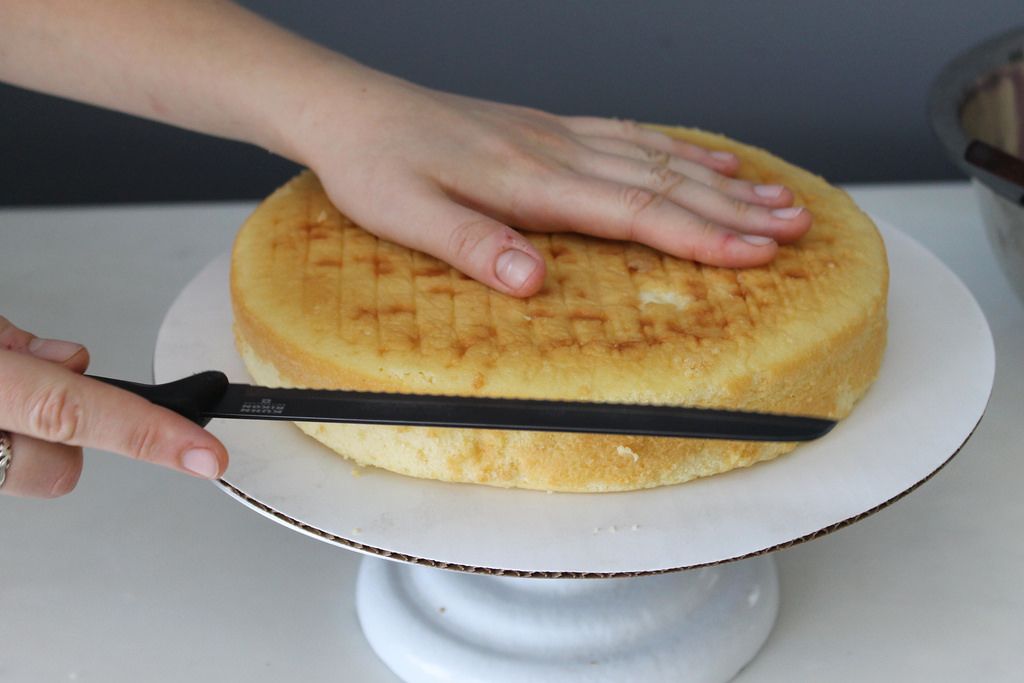
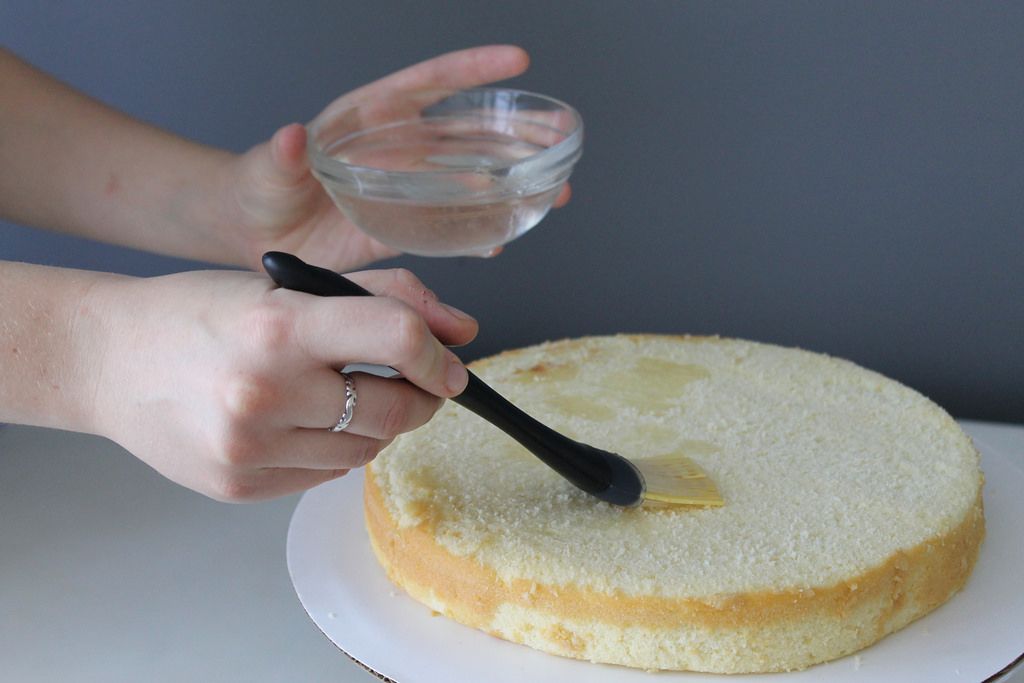
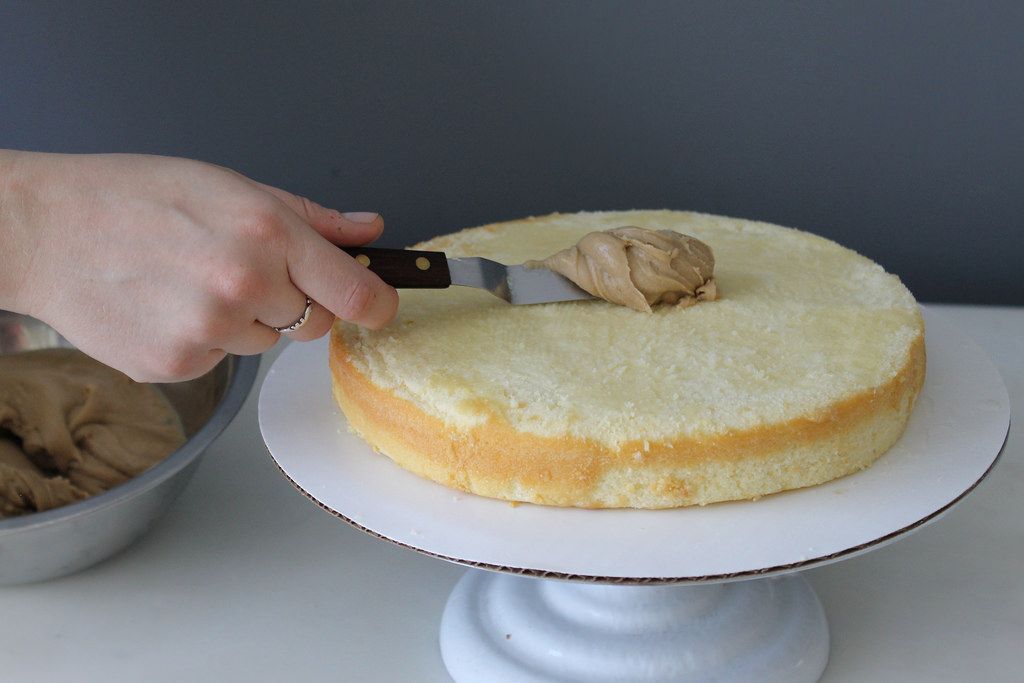
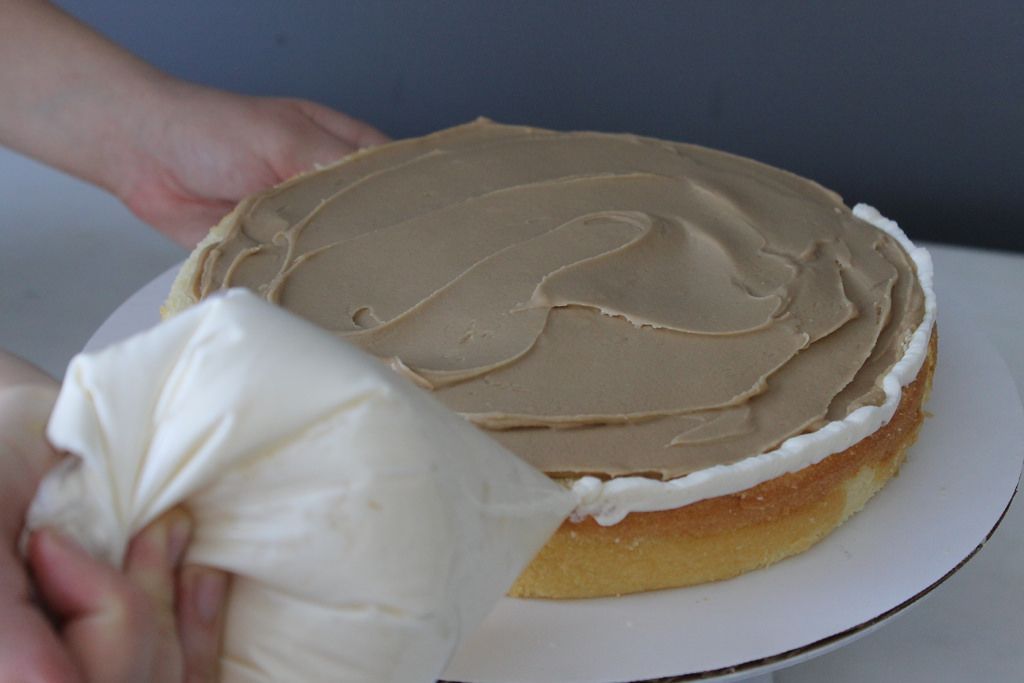
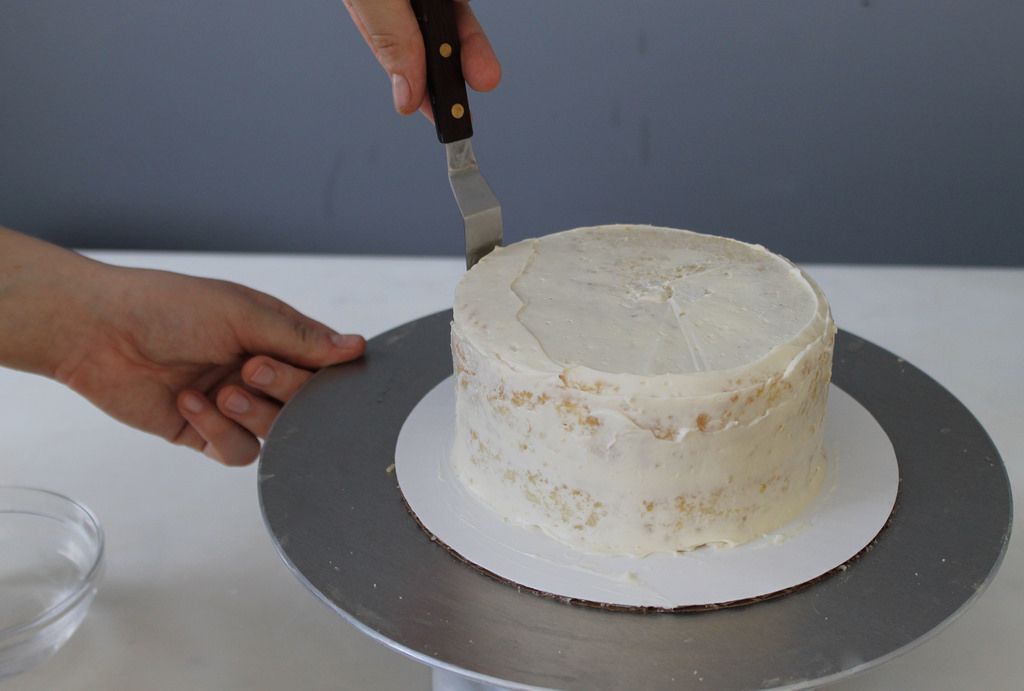

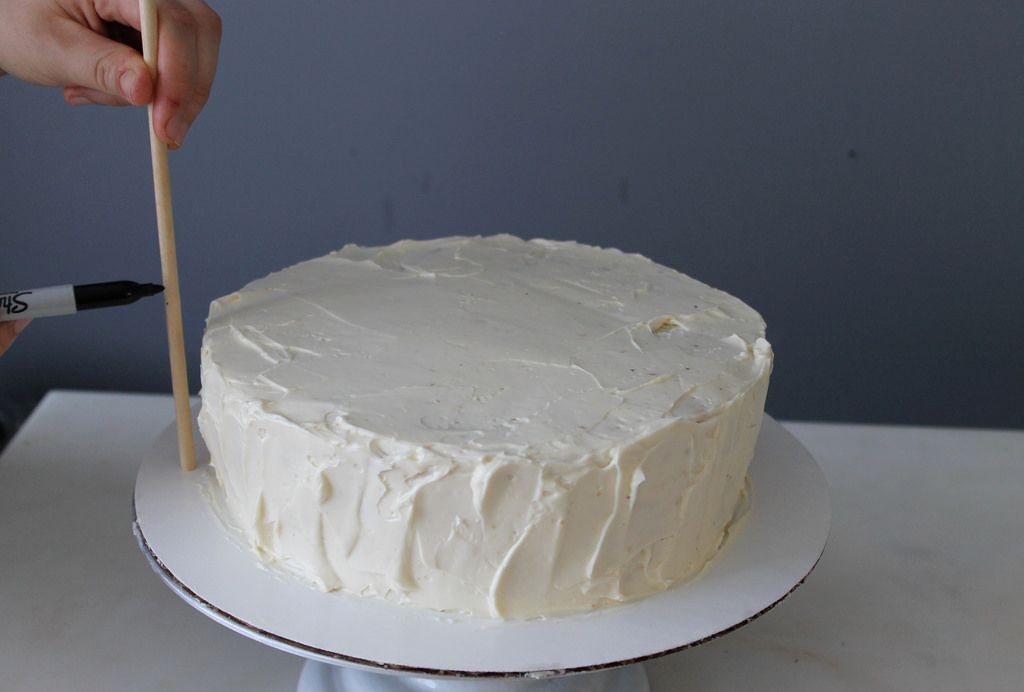
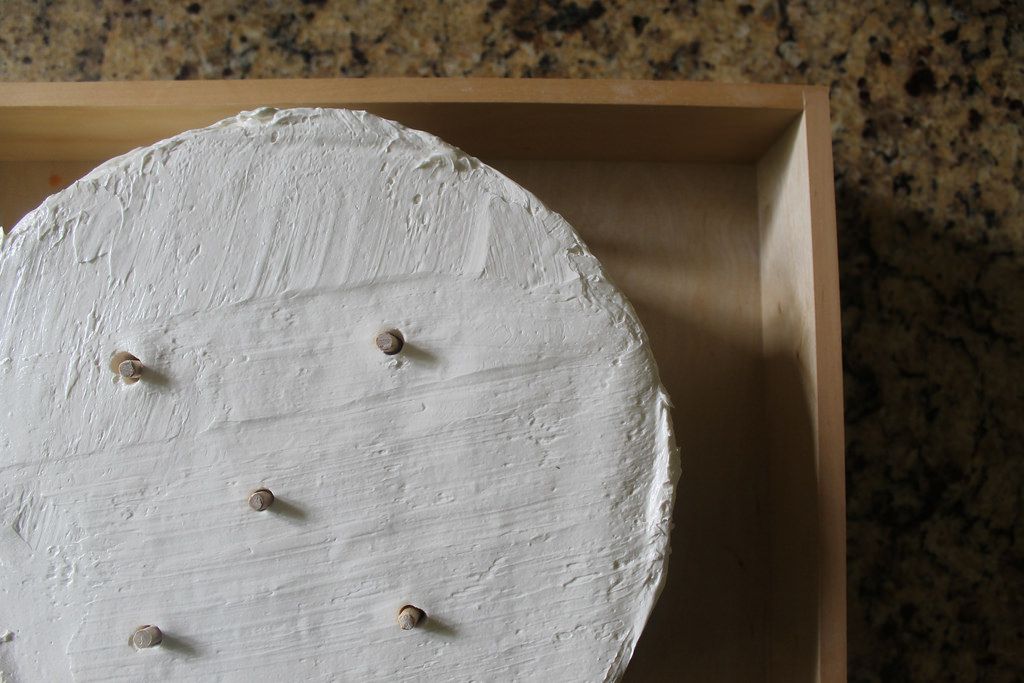
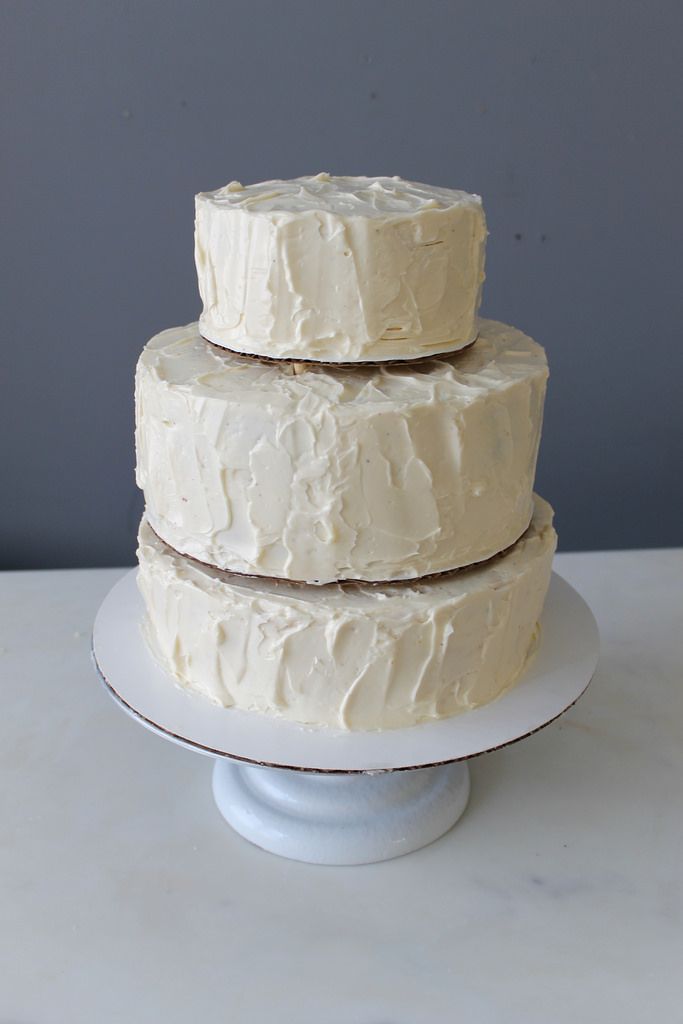
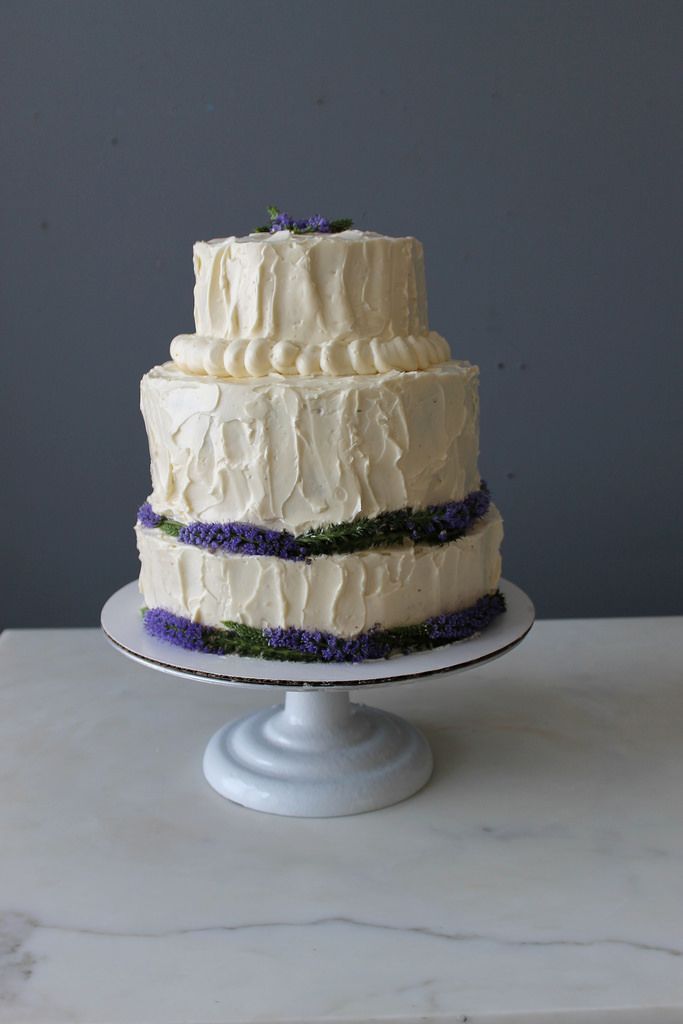
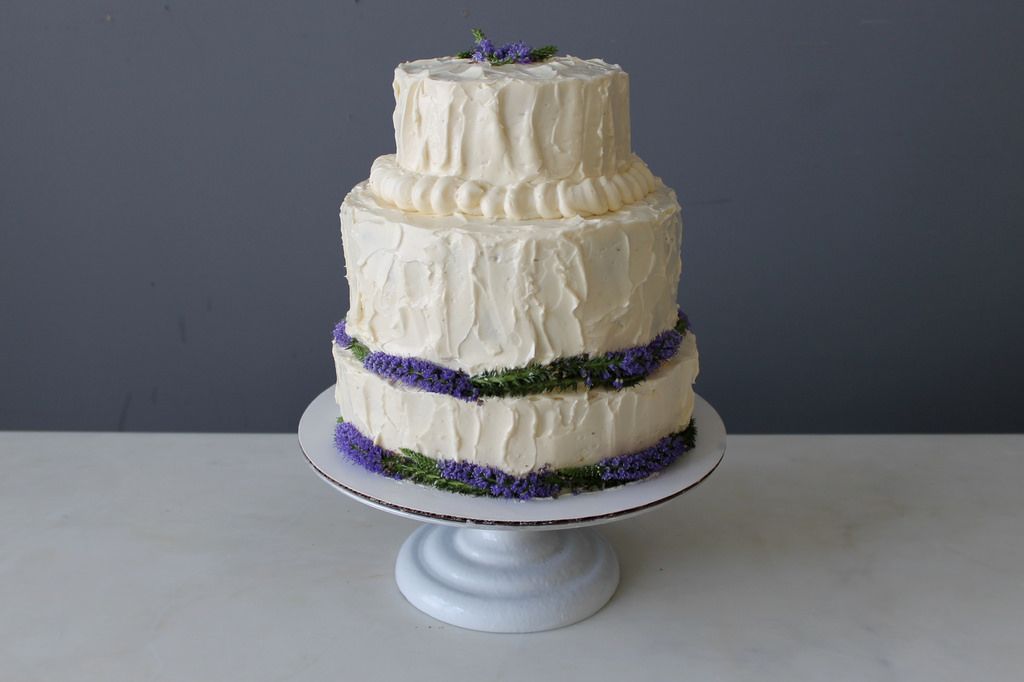

See what other Food52 readers are saying.